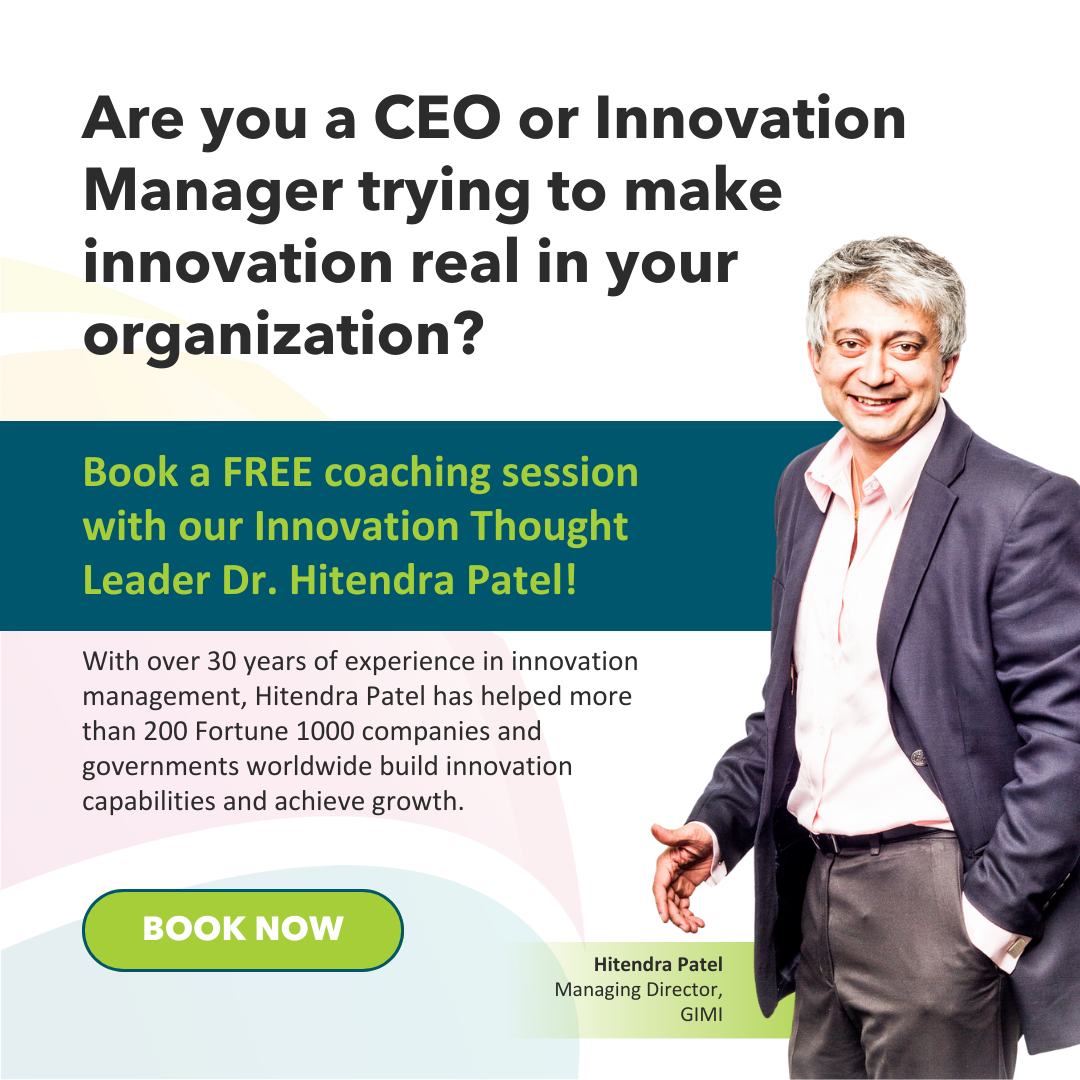
Top 10 Sweet Food Innovations
Innovation in sweet foods is really tricky. For centuries people created traditions and customs around sweet foods, such as candies, cakes and pancakes. Even a slim change can be easily rejected when it comes to what is already delicious and sweet. Therefore introducing Top 10 Innovations in Sweet Foods should be seen a serious challenge to represent how amazing things can be even better.
Based on the this challenge, innovations in this specific niche of food industry are around creating convenience such as Sandwich Pancake, offering new experiences such as Soundy Candy and TCHO chocolate bars, bridging two concepts into one such as Cronut and Cookie Cup or meeting the crucial needs of healthy life style such as vegan gluten free ice-cream and Lavle dark chocolate.
This list could become easily a part of a bucket list: things to enjoy in life. Scroll down to find out what are the Top 10 Innovations in Sweet Foods.
Ash Bricks. Green Cake
A civil engineer, Mashharawi and her business partner Rawan Abdul Lateef from Gaza Strip, found a way how to turn ash into a brick. These bricks are eco-friendly, affordable and need less cement compared to the regular bricks (it is an important factor, since cement delivery is restricted to this area). Furthermore, these bricks are made without sand and gravel. After three wars in only 10 years and thousands of people losing their homes, this social innovation will help in rebuilding the region.
Emergency Response. Team Rubicon
Team Rubicon unites the skills and experiences of military veterans with first responders to rapidly deploy emergency response teams. Veterans after leaving the military via Team Rubicon Project attain purpose through disaster relief. Besides they create a community, built by serving with others; and gain self-worth, from recognizing the impact one individual can make. Team Rubicon’s primary mission is providing disaster relief to those affected by natural disasters, either domestic or international. By pairing the skills and experiences of military veterans with first responders, medical professionals, and technology solutions, Team Rubicon aims to provide the greatest service and impact possible.
Housing First. Alberta Government, Canada
Alberta Government in Canada achieved impossible: zero homelessness in the region. The local government applied constructive and innovative approach in solving poverty and homelessness in their region. They came across the fact that paying for the negative effects of the poverty costs much more than dealing with it directly. Negative effects of poverty include problems with physical and mental health, education outcomes, trust and community life, homicide rates, children’s health and wellbeing, drug abuse, and more. Prevention to these problems is cheaper than dealing with the outcome. The solution is that after 10 days of recognition that the person has no place to live, the government provides the living space. It was started by acquiring 50 units of living space for homeless people, who after getting all needed support would be able to live on their own. Further more, this project brought people together; part of the project was covered by various kinds of donations (such as land).
Jacket Tent. ADIFF
This ADIFF jacket that transforms into tent was made specifically to help refugees. ADIFF idea is built on a foundation of giving. With any purchase from the brand, a portion of the proceeds will go towards donating the most needed products to refugees. Before introducing any product to the market, ADIFF filters its ideas through 3 level questions: 1) Is it a solution? 2) Is it innovative? 3) Will it help? Besides the jacket2tent, ADIFF offers jackets that turn into sleeping bags, that can also float, and the other refugee crisis focused items.
Magic Bus. Hult Prize
Magic Bus is a winning concept of social innovation at Hult Prize competition, an annual contest that challenges students to tackle a pressing global problem. The Magic Bus team focused on Nairobi, 4th highest commuter pain point in the world. 2.5 million people in Nairobi live in slums, 70% of whom rely on the city’s ad-hoc bus system. The bus system has 20,000 private buses, called Matatus, which seat between 33 to 45 people. Commuters sometimes have to wait up to two hours for a bus. The solution-social innovation was tech based: Magic Bus lets riders pre-book their bus tickets using basic mobile phones – it’s SMS based, so doesn’t even require an internet connection. It uses existing bus networks and integrates mobile payments through the country’s popular system called M-PESA. It also tackled the problem of long waiting times: platform users can track where the bus is and how long it takes until the bus arrives. This efficient way of travelling allow people plan better their working/leisure times and increase their daily income by at least $1 a day.
Patrimonio Hoy. Cemex
Patrimonio Hoy is Cemex program of the progressive housing for low income families. It is meant to improve quality of life for low-income families by providing them with comprehensive solutions to their construction needs. Over 2.3 million people in Latin America have benefited from this program, which sets out solutions tailored to users, in accordance with their construction needs and ability to repay. As long as they have a lot on which to build, those interested in participating in Patrimonio Hoy receive comprehensive advice from an architect who works directly with them to design a custom plan. It is business model innovation, where CEMEX as global building materials company has created a well-planned savings and credit scheme. Its innovative approach reduces significantly the cost and time needed by the poor to improve their housing.
Solar Inflatable Lights. LuminAID
LuminAID enters with the statement, that 1.6 billion people around the world lack proper access to electricity. Through the Give Light, Get Light program, LuminAID partners with NGOs and non-profits from all over the world to distribute LuminAID lights to individuals who will greatly benefit from a safe, rechargeable light source. Up to this day, more 25,000 lights were distributed to charities in more than 60 countries.
Sourcing employment. Samasource
Samasource was born out of the belief that talent is equally distributed, but opportunity is not. The social innovation is the attempt to create a credible platform that would enable low-income people get an opportunity to work for international companies. It was achieved by sourcing data projects from some of the world’s largest companies through 5 step program: identifying talents, training, employment, work experience and, finally, long term careers. Samasource is a pioneer in the field of impact sourcing, the practice of hiring people from the bottom of the pyramid to complete digital work.
Waste-pickers for Dignity. I Got Garbage
I Got Garbage is a Mindtree initiative in the area of ragpicker livelihood and solid waste management. Its primary goal is to improve the livelihood and working conditions of ragpickers, and to help them integrate into mainstream economy. An equally important goal is to involve citizens and communities in solving the problem of managing solid waste, such that we collectively create jobs for hard working ragpickers, and also make our cities cleaner. I Got Garbage achieves this goal through the following activities: (1) Help ragpickers offer waste management service by organizing themselves into franchises; (2) Build online marketplaces where waste generators (households, apartments, offices) can buy waste management services from ragpicker franchises, (3) Engage urban communities in solving the solid waste problem, (4) Facilitate access to social security schemes for the ragpickers
33 buckets. Arizona State University
33 Buckets is a social innovation project to tackle the problem of global clean water crisis. 33 Buckets helps communities in underdeveloped countries gain access to clean drinking water. About 1.8 billion people globally do not have access to safe, potable water, and each year millions die by drinking from contaminated sources. The 33 buckets team engineered water filters that were delivered to various global areas in need. Broad network of non-profits were helping in spreading the word of this social innovation.
The list of the Top 10 Innovations in Sweet Foods
- Cookie Cup. Sardi Innovation
- Cronut. Dominique Ansel
- Healthy Belgian Dark Chocolate. Lavle
- Japokitos. Phoshkitos
- Pure Notes Chocolate. TCHO
- Sandwich Pancake. Cake Concepts
- Snackfection. Hersheys
- Soundy Candy. Toller Gida
- Vegan gluten free ice-cream. Fry Family Foods
- Zollipop Candy. Zollipops
Read next: Top 10 Innovations in Food and Beverage


